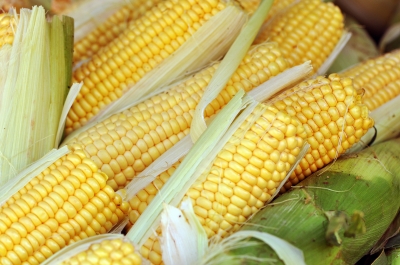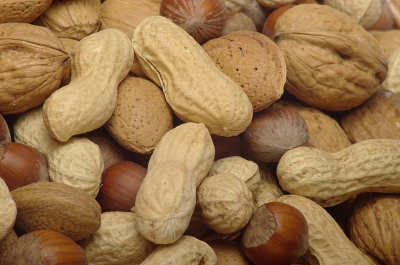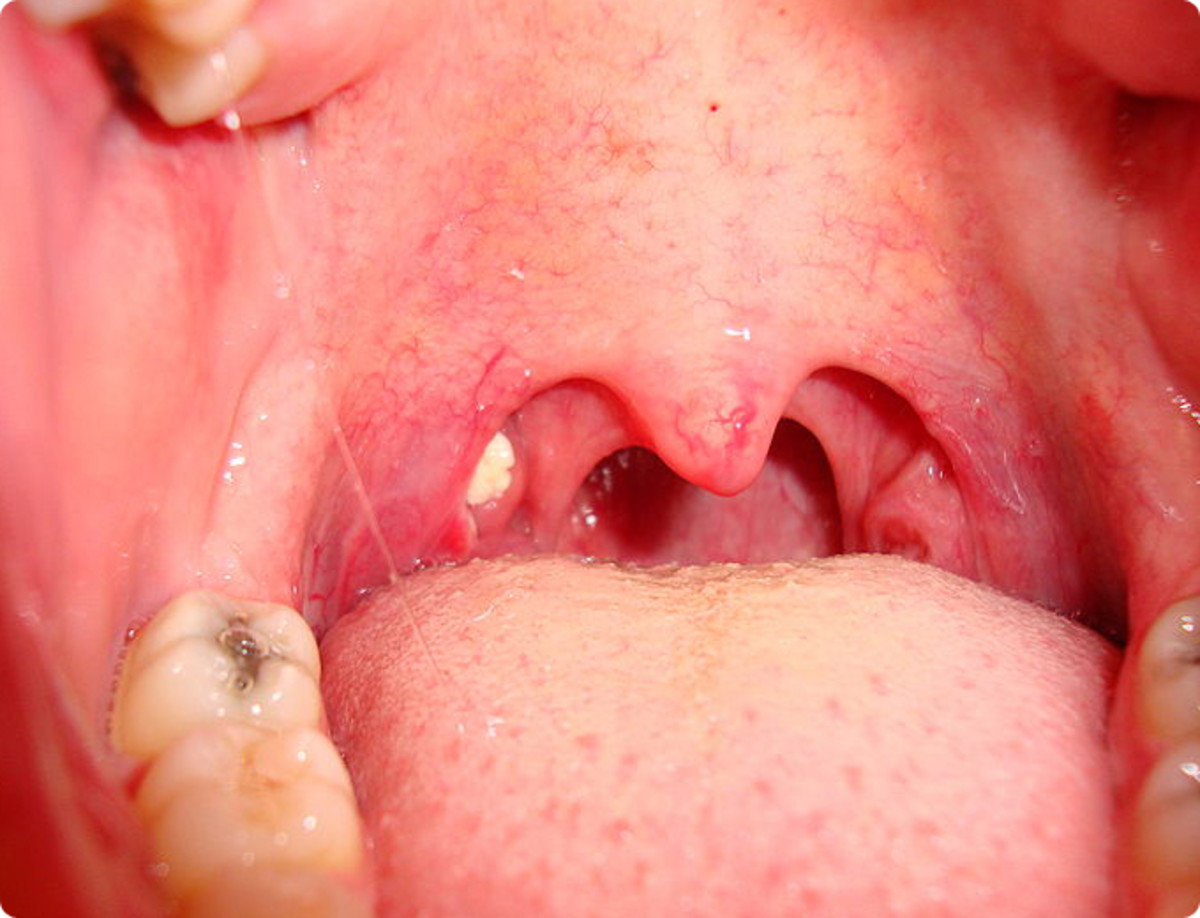Aflatoxicosis: Food Poisoning Linked to an Increased Risk of Liver Cancer

Copyright 2012 - Kris Heeter, Ph.D.
New food safety standards on the maximum levels of certain toxins found to be acceptable in foods has recently been reevaluated and revised by a group called the "Codex Commission".
The Codex Commission (official named the Codex Alimentarius Commission) was formed back in 1963 and is a joint effort between the United Nations and the World Health Organization. Over the years, it's purpose has been to develop "international food standards, guidelines and codes of practice to protect the health of the consumers".
One of the newly revised standards released this year is on a toxin called:
- Aflatoxin
Aflatoxins are toxins that are naturally occurring and are produced by fungus and they are a subgroup of a larger class of "mycotoxins" (fungal toxins).
Specifically, aflatoxins are produced by species from the genus Aspergillus. There are minimally 14 known types of this toxin and the two most common fungal species that produce these toxins are Aspergillus flavus and Aspergillus parasiticus.
The food poisoning that results from ingestion of aflatoxins in contaminated food or feed is called "aflatoxicosis".

Foods Contaminated by Aflatoxin
Worldwide, a number of grains (e.g, corn, rice, and wheat) and nuts (e.g. peanuts, almonds, walnuts), seeds and spices can harbor the Aspergillus fungus and toxin.
In the United States, aflatoxins have been found in:
- corn
- corn products
- peanuts
- peanut products
- cottonseed
- milk
- walnuts
- pistashio nuts
- Brazil nuts
In addition, commercially imported cooking oils (e.g, olive oil, etc.) and cosmetics have also been found to be contaminated.
Related Articles
Four Types of Food Poisoning and Common Causes
The common causes of food poisoning in the United States come from four classes of bacteria. Learn what those causes are and the symptoms of E. coli, Salmonella, Listeria, and Botulism food poisoning.
5 Ways to Prevent Food Poisoning and Safety Tips
Food poisoning sends more than 100,000 people to the hospital each in the U.S. and it can be deadly. Learn how to prevent food poisoning and increase food safety both at home and when eating out.
Foodborne Pathogens and Toxins
It is estimated that there may well be over 100,000 pathogens (bacteria, viruses, and parasites) that can cause food poisoning. Click on the title above to learn what the most common ones are and to find out what types of foods are being recalled due to contamination!
Aflatoxicosis and Liver Cancer
Research dating back as early as 1962 suggested that ingesting aflatoxins through food could lead to liver cancer over time.
In addition, population studies in the 1970s found that there was a strong correlation between dietary aflatoxins and liver cancer in Kenya but, at the time, the underlying mechanisms behind that correlation were unknown.
In the United States, outbreaks of aflatoxicosis in humans have not been reported and the frequency is really not known.
Cases of aflatoxicosis are not easily recognized and symptoms can often be misinterpreted or attributed to something else.
The good news is that this type of food poisoning is not transmissible (cannot be passed from human to human or animal to human).
The toxicity of aflatoxin can be influenced by:
- environmental factors
- exposure level
- duration of exposure
- age
- overall health status (see new research below)
- nutrition level in the diet
Of the 14 known types, Aflatoxin B1 is considered the most toxic and is now recognized as a potent carcinogen in humans as well as in many other species including: primates, birds, fish, and rodents.
Research Leads to New Food Safety Standards
Recently, researchers from The Johns Hopkins University School of Public Health have shown that individuals who test positive for the hepatitis B virus and who are also exposed to aflatoxin in their diet have 60 times greater risk for developing liver cancer compared to those unexposed individuals.
This increased cancer risk is much greater than that observed in individuals exposed to either aflatoxin or hepatitis B virus alone.
With this new information, the Codex Commission recently agreed to limit the acceptable amounts of aflatoxins (and fungal spores) found in certain foods worldwide.
It is impossible to avoid this fungus and the toxin completely in many of these fresh foods (especially during rainy seasons). However, these food safety changes will hopefully lower exposure and help reduce the risk of liver cancer in third world countries and for those who have been exposed to Hepatitis B.
Additional References and Resources
- Peers and Linsell (1973) Br. J. Cancer (1973) Vol 27: 473
- FDA.gov
- Agricultural Research Service/USDA



